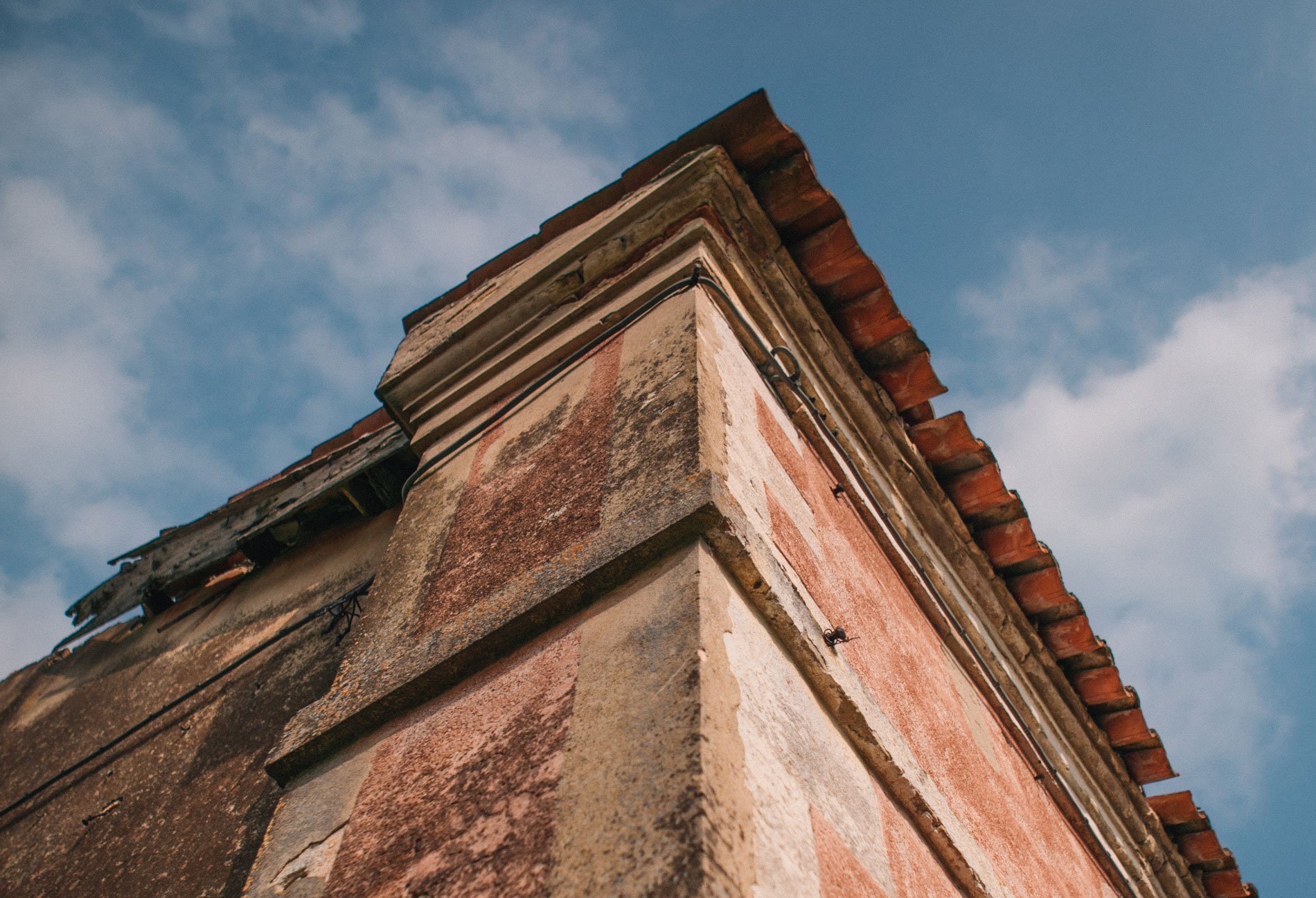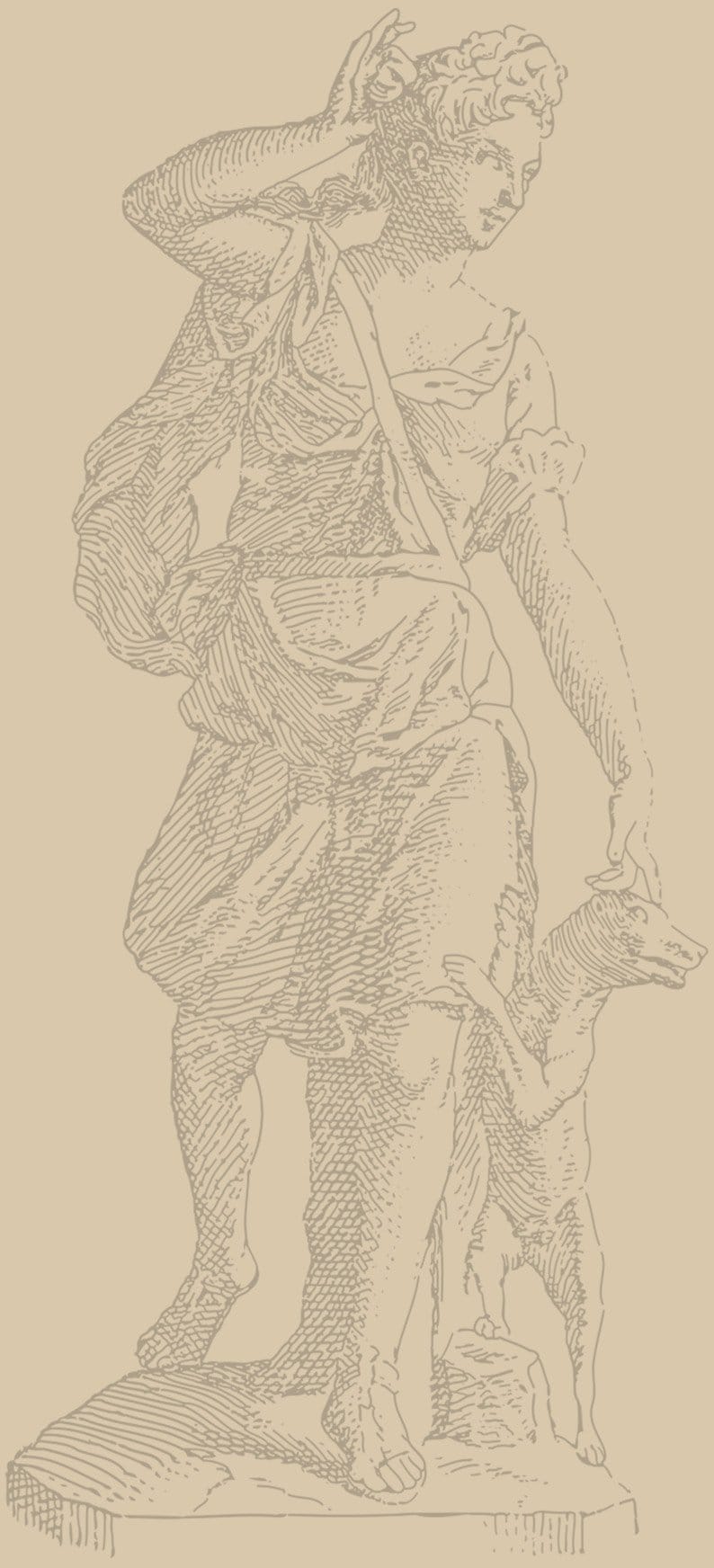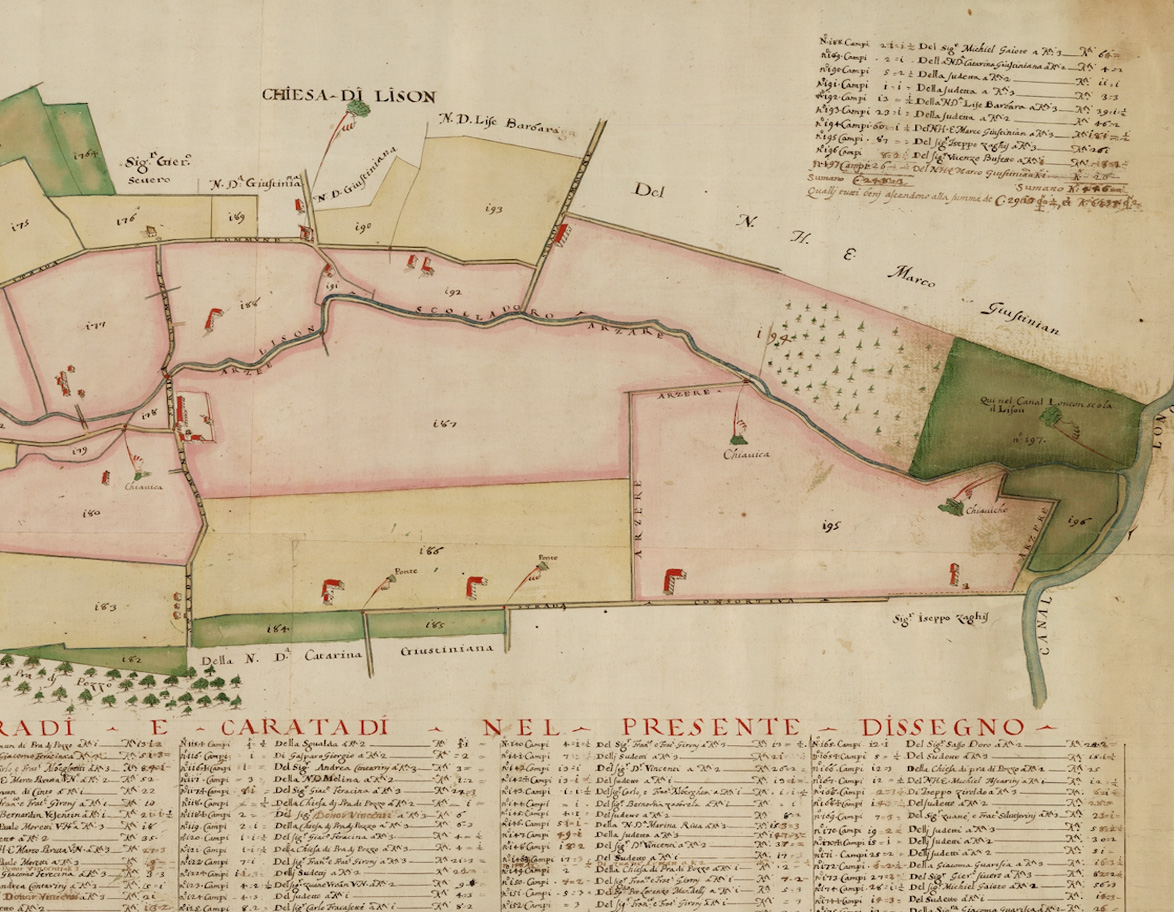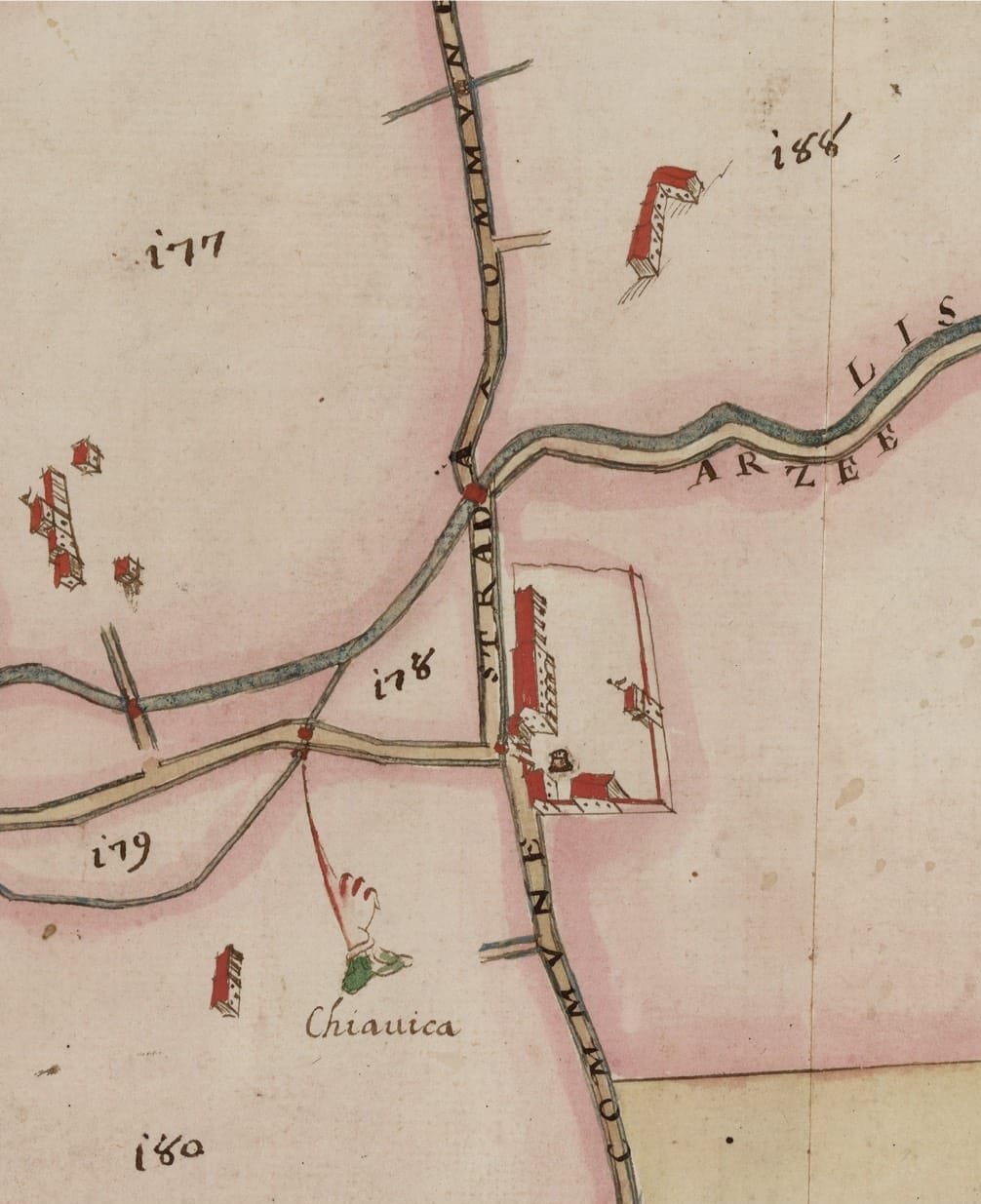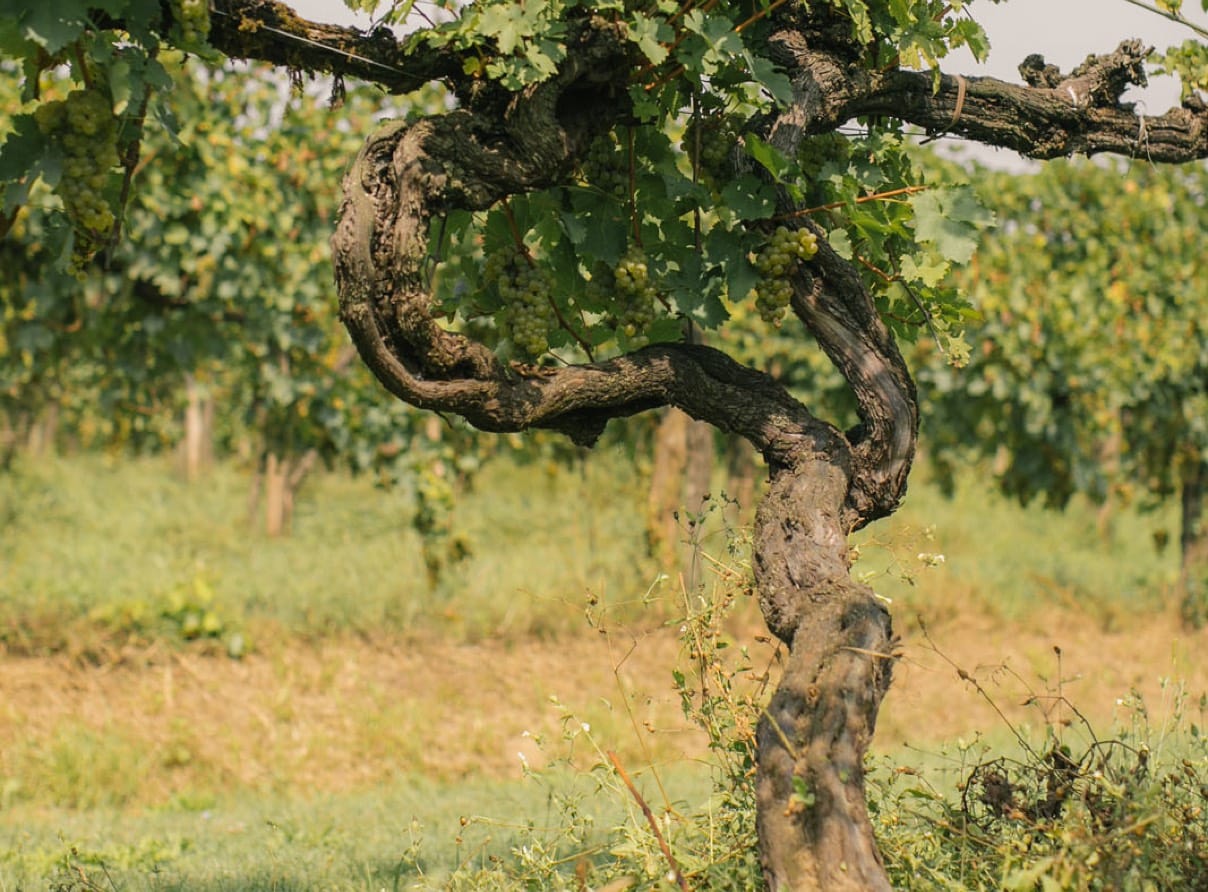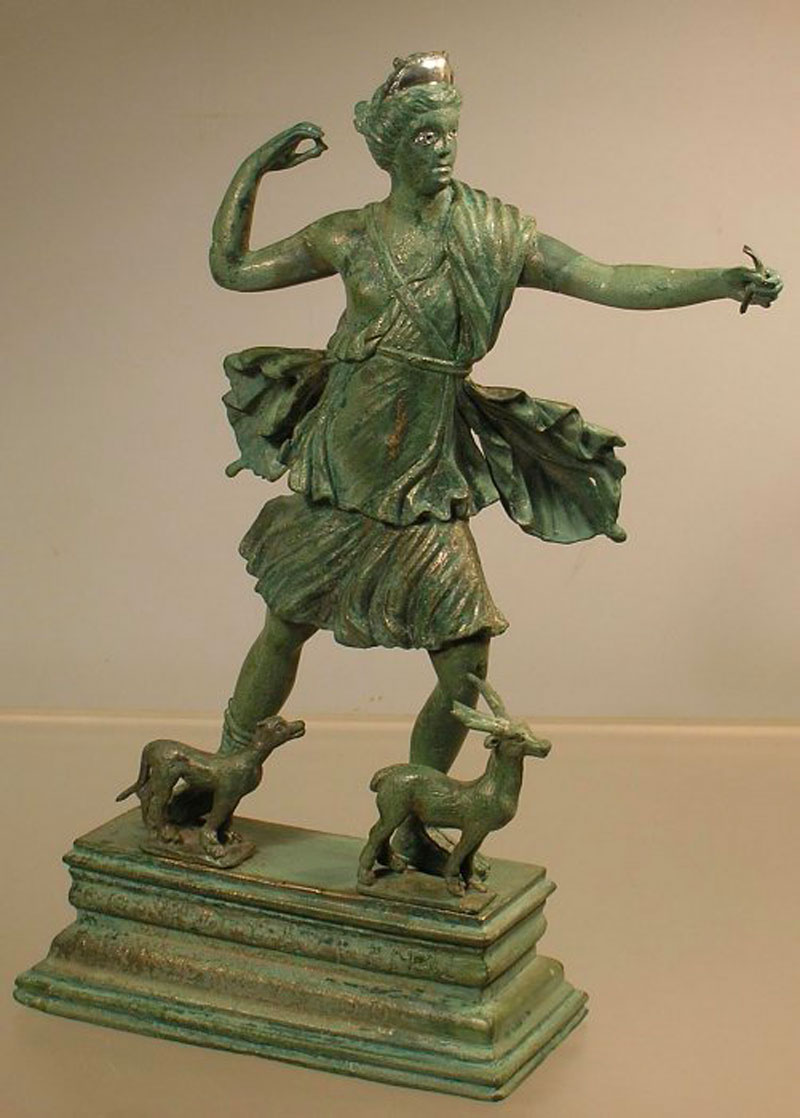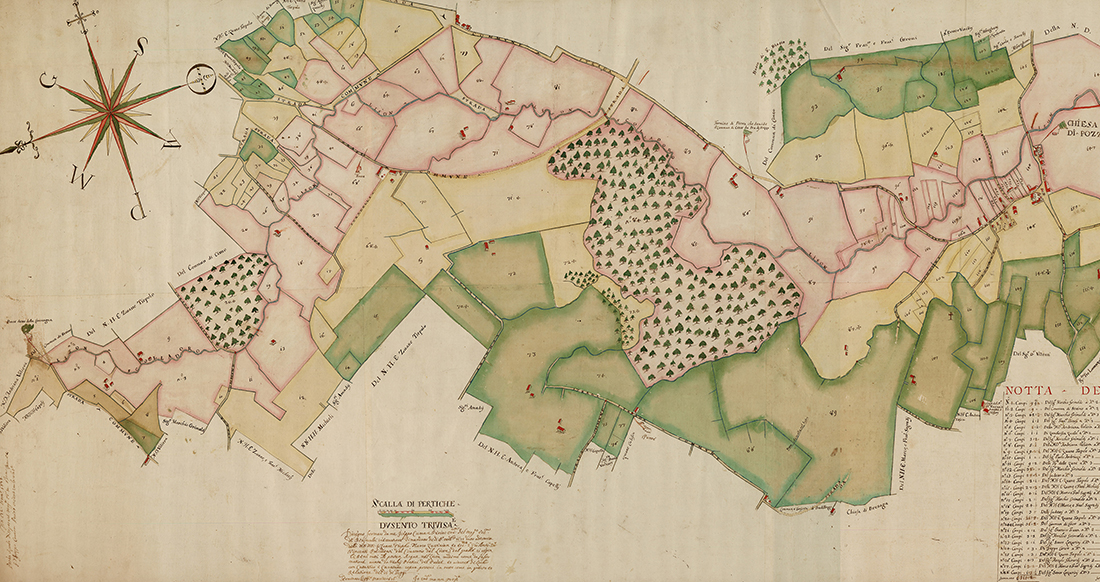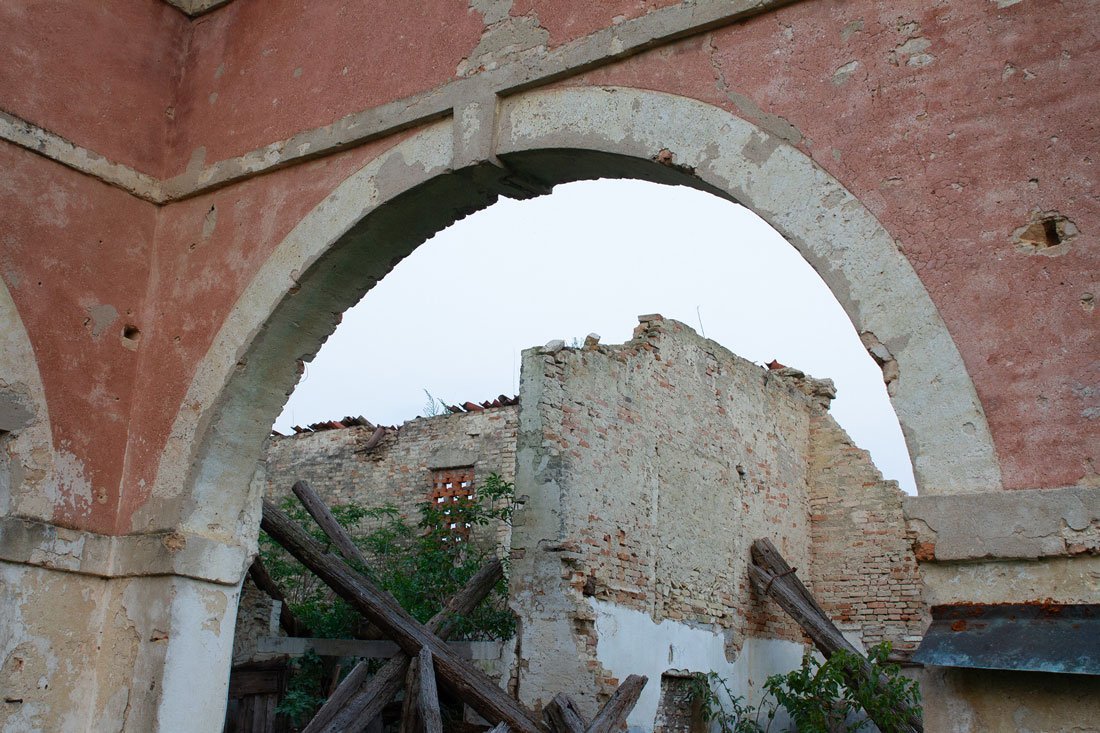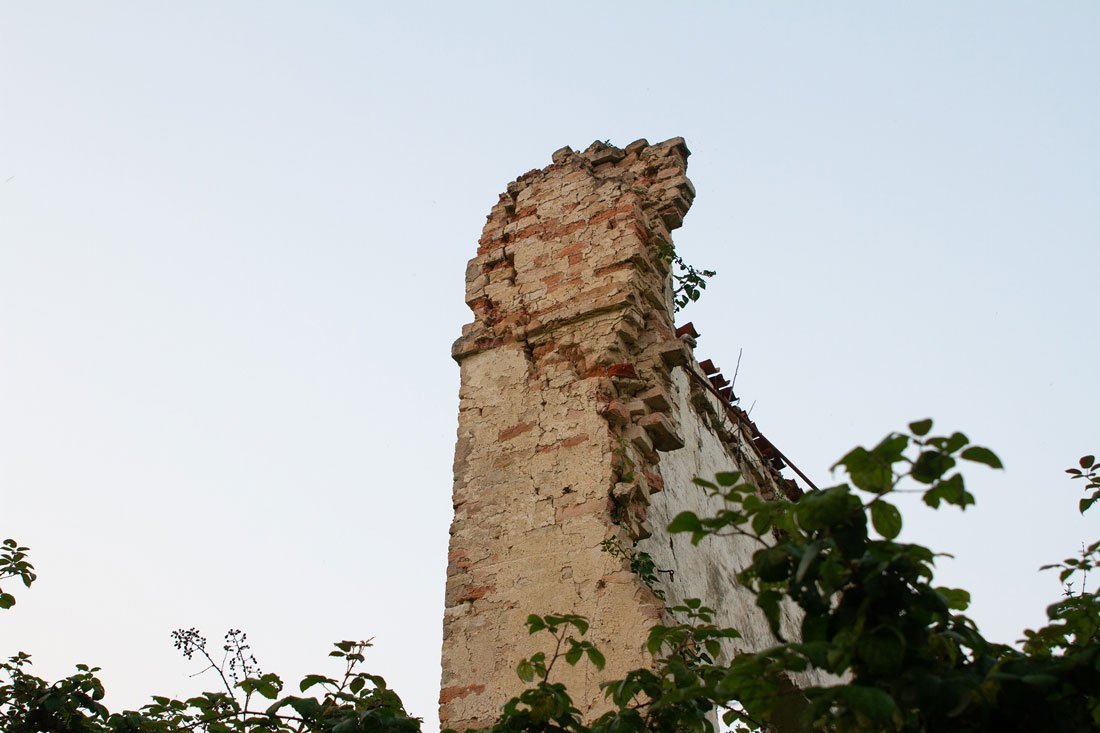A story from the past
We are at the crossroads of empires, peoples and memories. Our estate is steeped in centuries of history.
Villa Bogdano is located in Lison di Portogruaro, near Venice, between the Alps and the Adriatic coast.
The historical roots of Lison are closely tied to those of the Roman Empire: in this territory ran the Via Annia, the ancient consular road that connected the cities of Padua and Aquileia.
The infrastructural works of the early 1900s have brought to light this heritage, along with numerous archaeological finds. These include fragments of amphorae used at the time as containers for wine. In our region vines have been grown for millennia.

